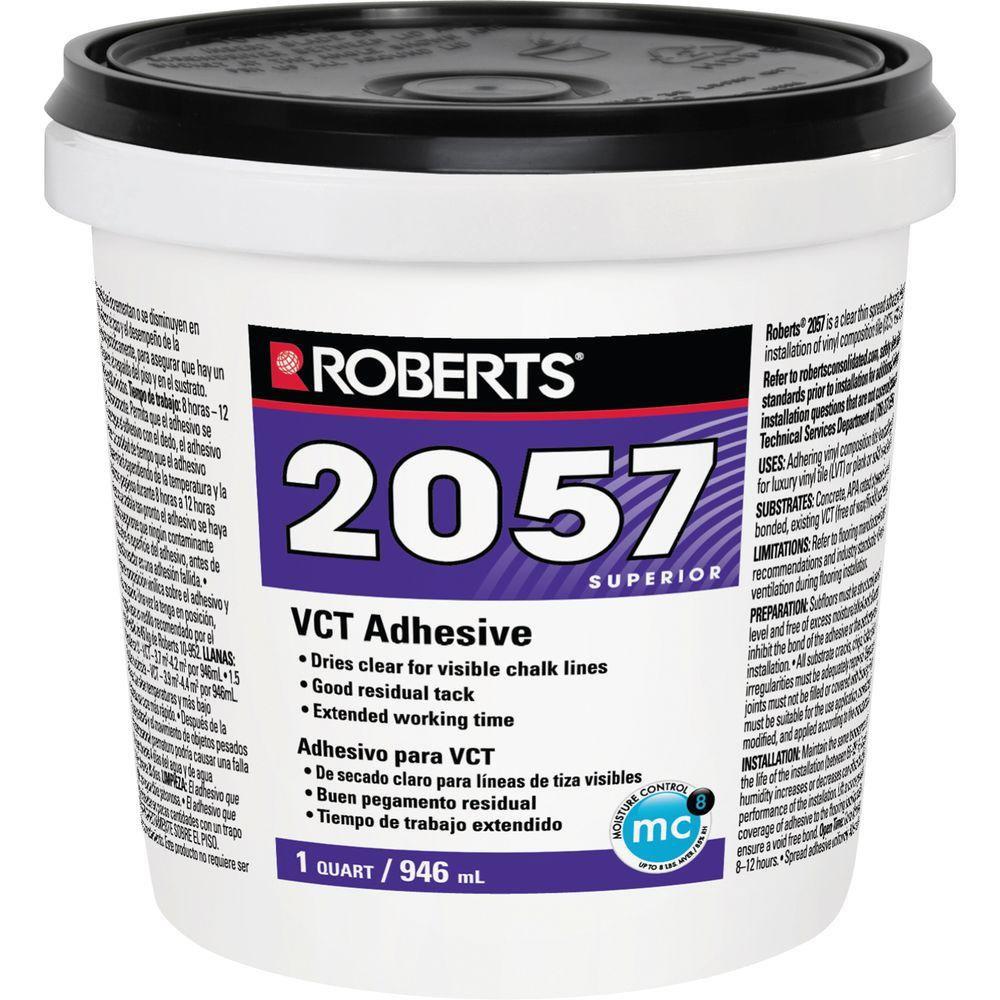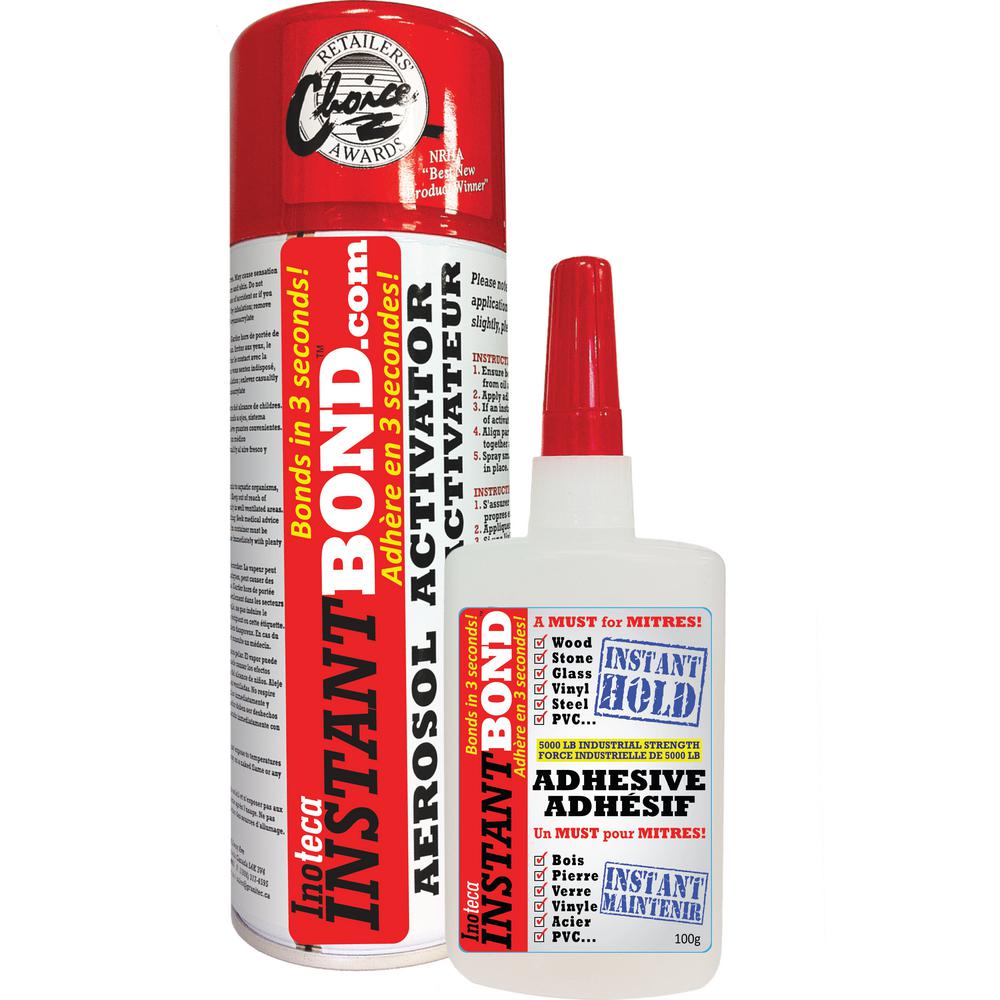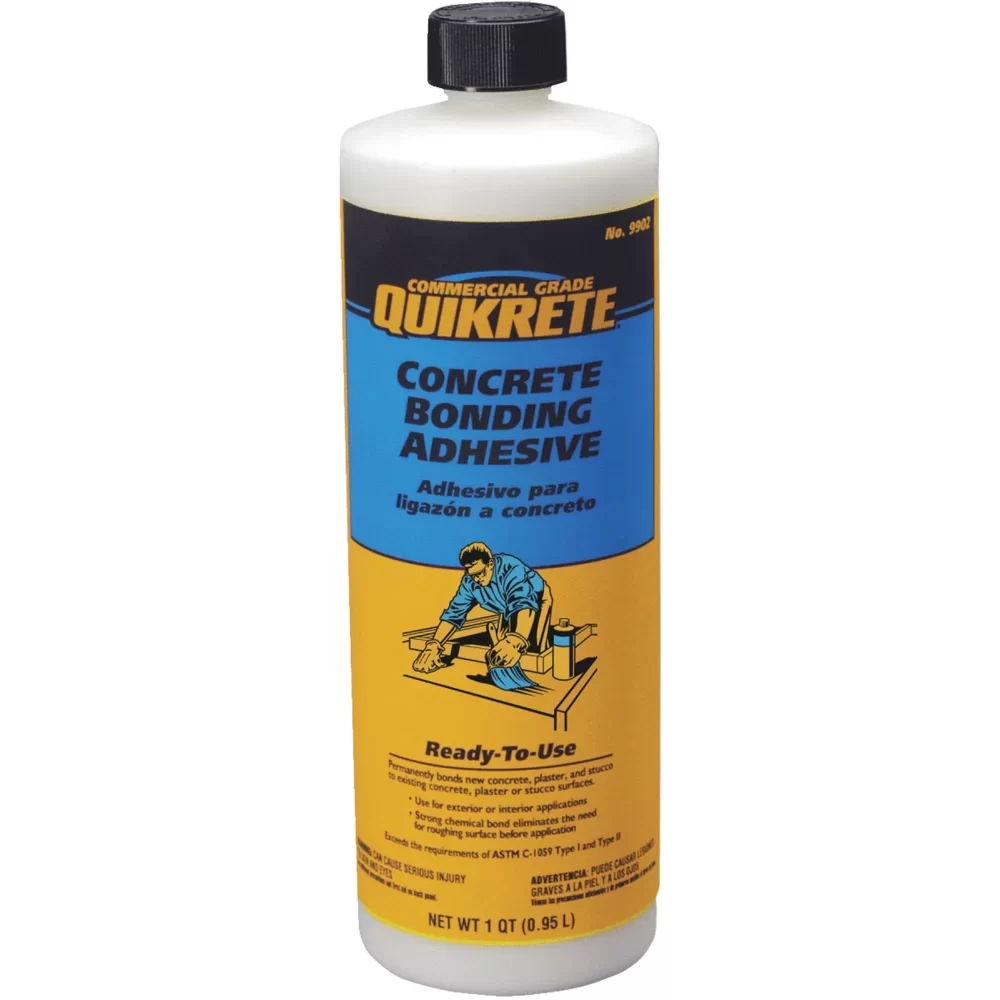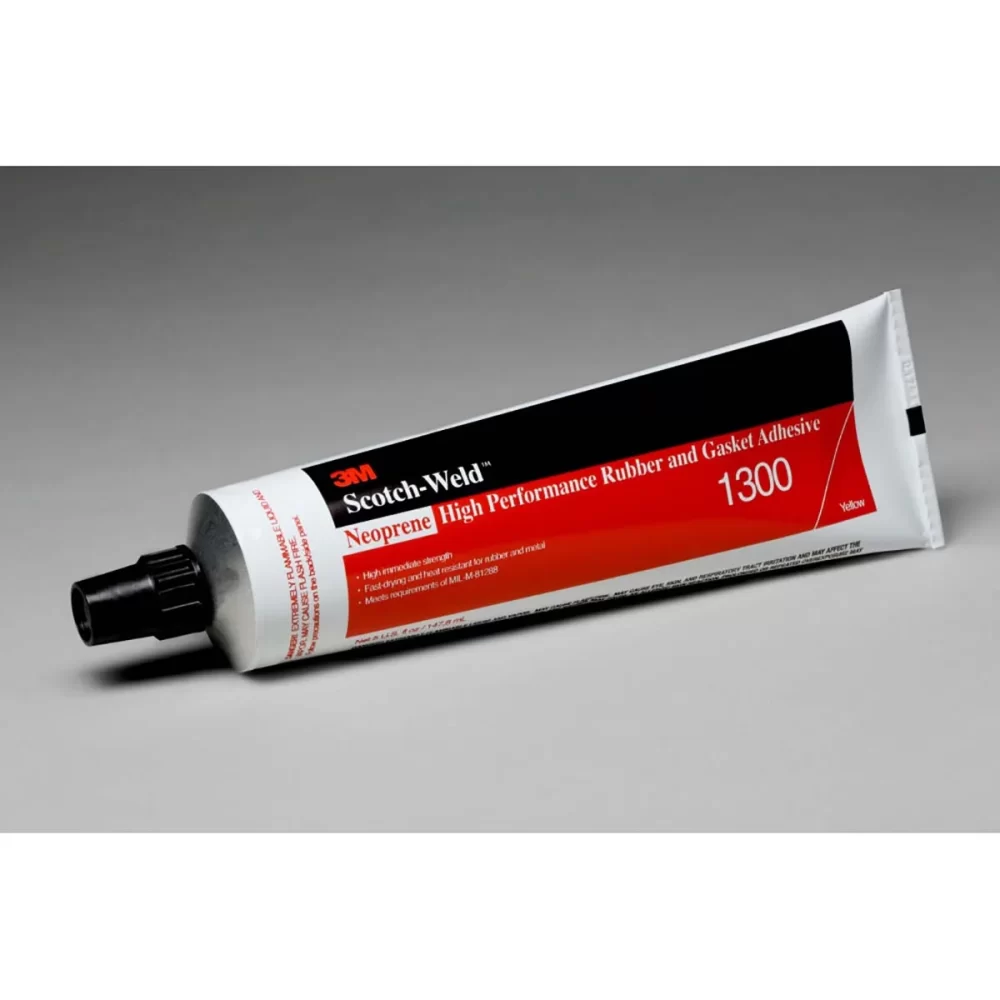Introduction
Adhesives have become an integral part of everyday life. From crafting projects to industrial applications, adhesives enable us to bond materials effectively and achieve lasting results. Understanding how does adhesive work is fundamental for anyone looking to use adhesives in DIY projects, professional work, or educational contexts. Whether you are a DIY enthusiast exploring new crafting techniques, a student studying materials science, a professional in construction, or an educator teaching about the principles of adhesion, grasping the science behind adhesives can significantly enhance your application and usage.
In this article, we will explore the mechanics of adhesives, various types available, how they bond materials, their applications in different industries, and essential safety practices. With over 3,000 words of detailed information, you will gain valuable insights that will empower your adhesive usage. Let’s dive in to understand the fascinating world of adhesive technology!

What is Adhesive?
An adhesive is a substance capable of holding materials together by forming a bond. Adhesives work by adhering to the surfaces of the materials they connect, creating a bond through physical and chemical interactions. There are various types of adhesives available in the market, each designed for specific bonding needs.
1. PVA (Polyvinyl Acetate): Often found in white glue, PVA is popular for its versatility and ease of use. It is commonly used in woodworking, paper crafts, and children’s craft projects.
2. Epoxy: Known for its strength and durability, epoxy is a two-part adhesive that consists of a resin and a hardener. Once mixed, it forms a robust bond and is used in construction, automotive applications, and repairs.
3. Cyanoacrylate: Commonly referred to as super glue, cyanoacrylate bonds quickly and strongly with most surfaces. Its fast-drying properties make it ideal for small repairs and crafts.
4. Polyurethane: This type of adhesive is recognized for its flexibility and resistance to moisture. Polyurethane adhesives are used in construction, woodworking, and various DIY projects.
5. Hot Melt Adhesives: Applied in a molten form and solidified upon cooling, hot melt adhesives are widely used in packaging, crafts, and woodworking due to their quick bonding capabilities.
Understanding the different types of adhesives is crucial for selecting the right one for your project. Each adhesive has unique properties that determine the best application for its use.
How Does Adhesive Work?
To comprehend how does adhesive work, we need to delve into the fundamental mechanisms of adhesion. The process is primarily governed by molecular interactions, which can be categorized into different types:
1. Mechanical Bonding: This occurs when the adhesive filler engages with the surfaces of the materials, creating a physical bond. The adhesive flows into tiny pores and irregularities on the surface, ensuring a strong grip.
2. Molecular Interactions: Adhesives rely on various molecular forces, including van der Waals forces, hydrogen bonding, and ionic interactions. These forces help hold the adhesive and the substrate together, enhancing bond strength.
3. Surface Energy: The effectiveness of adhesive bonding also relates to the surface energy of the materials involved. High-energy surfaces promote better adhesion, while low-energy surfaces may require surface treatment for optimal bonding.
4. Curing and Hardening: Most adhesives undergo a curing process, which can involve chemical reactions or the evaporation of solvents. This process transforms the adhesive from a liquid state to a solid bond, achieving maximum strength over time.
In summary, adhesion is a complex interplay of physical and chemical forces. Understanding these mechanisms provides valuable insights into how to use adhesives effectively for various applications.

Types of Adhesives
As previously mentioned, adhesives come in various types, each with its own unique properties and applications. Here’s a deeper look at some of the most widely used adhesives:
PVA (Polyvinyl Acetate)
This adhesive is water-based and easy to clean up. It dries clear and is non-toxic, making it safe for children’s crafts. PVA works well on porous materials like paper, cardboard, and wood. Its drying time can vary, but it usually takes about 30 minutes for a bond to form and several hours for complete drying.
Epoxy
Epoxy is renowned for making extremely strong bonds. It is a two-part adhesive requiring mixing, which triggers a chemical reaction. Once cured, epoxy is resistant to water, chemicals, and heat. This makes it ideal for applications like repairing metal, bonding wood, or even building a boat. Depending on the product, curing times can range from a few minutes to 48 hours.
Cyanoacrylate
Known for its rapid bonding properties, cyanoacrylate is ideal for quick fixes. It bonds instantly on contact with moisture, making it suitable for a variety of materials, including plastic, wood, and metal. However, it is not suitable for flexible materials as it dries hard.
Polyurethane
This adhesive is exceptional for its water resistance and flexibility. It can bond different substrates like wood, metal, and ceramics. Polyurethane adhesives expand slightly as they cure, filling gaps and providing strong adhesion. They may take up to 24 hours to fully cure, depending on conditions.
Hot Melt Adhesives
These adhesives are applied in a molten state and set as they cool. Hot glue guns are widely used in crafting and packaging due to their quick-drying properties. They are versatile and bond well with various materials, though they are not as strong as epoxy or polyurethane adhesives.
Knowing the types of adhesives and their respective characteristics allows for informed choices in project applications.
Adhesive Bonding Process
The adhesive bonding process involves several steps that ensure optimal adhesion between materials. Understanding this process can enhance your success in using adhesives effectively.
1. Surface Preparation: Properly preparing the surfaces to be bonded is critical. Cleaning surfaces of dust, grease, or moisture ensures better adhesion. For some surfaces, light sanding or roughening may enhance the bonding area.
2. Application of Adhesive: Apply the adhesive according to the manufacturer’s instructions. The application can vary based on the adhesive used, such as using a brush for epoxy or a glue gun for hot melt adhesives. Ensure an even and adequate layer for maximum bonding effectiveness.
3. Joining the Surfaces: Once the adhesive is applied, press the two surfaces together firmly. This step allows for mechanical interlocking and ensures that the adhesive fills any gaps. Depending on the adhesive type, clamps or weights may be necessary to hold the surfaces together during curing.
4. Curing Time: After joining the surfaces, allow the adhesive to cure as specified by the product instructions. Curing is essential to achieve the full strength of the bond. Avoid disturbing the joint during this period.
5. Post-Curing Treatment: In some cases, light sanding or trimming may be needed after the adhesive has fully cured. This step ensures a smooth finish for visible joints.
Following this adhesive bonding process can help achieve strong and durable bonds in your projects, leading to successful results.

Applications of Adhesives
Adhesives find applications across various industries, demonstrating their versatility and importance. Here are some tips how does adhesive work:
1. Automotive Industry: Adhesives enhance the manufacturing of vehicles by bonding components like panels, windows, and interior parts. Their lightweight nature helps reduce vehicle weight while maintaining structural integrity.
2. Woodworking: Woodworkers utilize adhesives for crafting furniture, cabinets, and other wooden structures. The choice of adhesive can significantly affect the durability and aesthetics of the finished product.
3. Electronics: In electronics, adhesives serve essential roles in assembling components like circuit boards. They provide insulation, structural support, and protection from environmental elements.
4. Construction: Adhesives are commonly used in construction for bonding materials such as tiles, wood, and insulation. Construction adhesives allow for stronger, more durable structures while facilitating faster building processes.
5. Crafting and Hobby Projects: Adhesives play a significant role in arts and crafts. From scrapbooking to model building, various adhesive types provide creative flexibility and ease of use.
The diverse applications of adhesives highlight their essential role in modern manufacturing, construction, and everyday crafting, underscoring the necessity of proper understanding for effective usage.

Safety and Best Practices
While adhesives are valuable tools, safety considerations are crucial when using them. Here are some best practices for handling and applying adhesives:
1. Read Labels and Safety Data Sheets (SDS): Familiarize yourself with the adhesive’s safety information, handling instructions, and recommended protective equipment. This information often includes any hazards or health risks associated with the adhesive.
2. Use Personal Protective Equipment (PPE): Always wear appropriate PPE, such as gloves and safety goggles, when working with adhesives. This protects your skin and eyes from exposure to harmful chemicals.
3. Ventilation: Work in a well-ventilated area to minimize inhalation of fumes from adhesives. If necessary, use a mask or respirator when working with strong adhesives or in confined spaces.
4. Store Adhesives Properly: Store adhesives in a cool, dry place and keep them out of reach of children. Ensure that containers are tightly sealed to prevent leakage or evaporation.
5. Dispose of Adhesives Safely: Follow local regulations for disposing of adhesive materials. Some adhesives may require special disposal methods due to their chemical composition.
By incorporating these safety precautions and best practices, you can minimize risks associated with adhesive use while enhancing your adhesive application skills.

Conclusion
In conclusion, understanding how does adhesive work is foundational for successful applications across various projects and industries. From DIY enthusiasts to professionals, everyone benefits from the knowledge of adhesive mechanisms, types, bonding processes, and practical applications. By knowing how to choose the right adhesive and applying it safely, you can achieve quality, durable bonds in your work.
As you continue to explore adhesive options, consider which types best meet your needs. Whether you are repairing household items, crafting artwork, or working on industrial projects, the right adhesive can make all the difference. Equip yourself with this knowledge and get ready to tackle your next bonding project with confidence!





